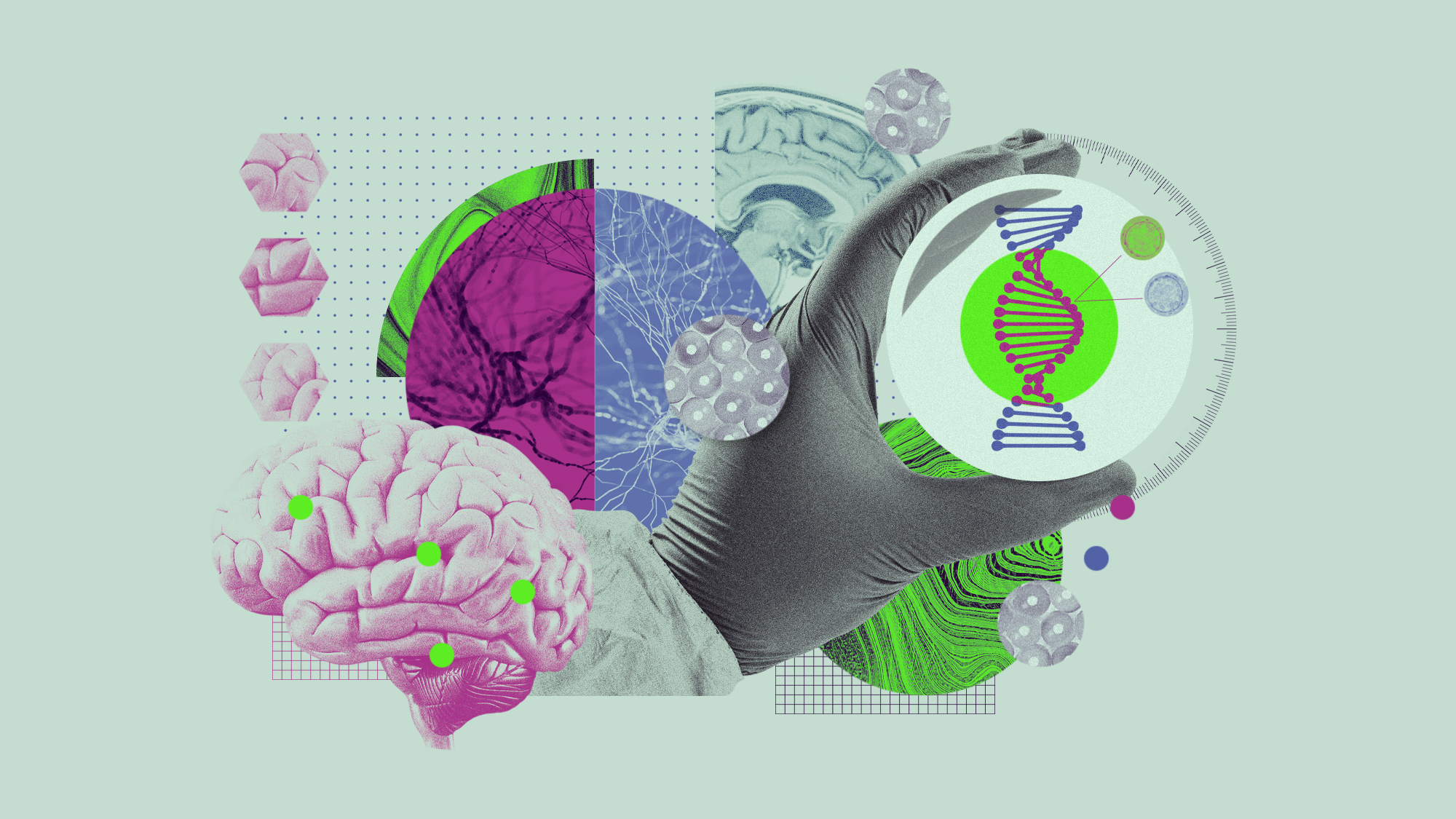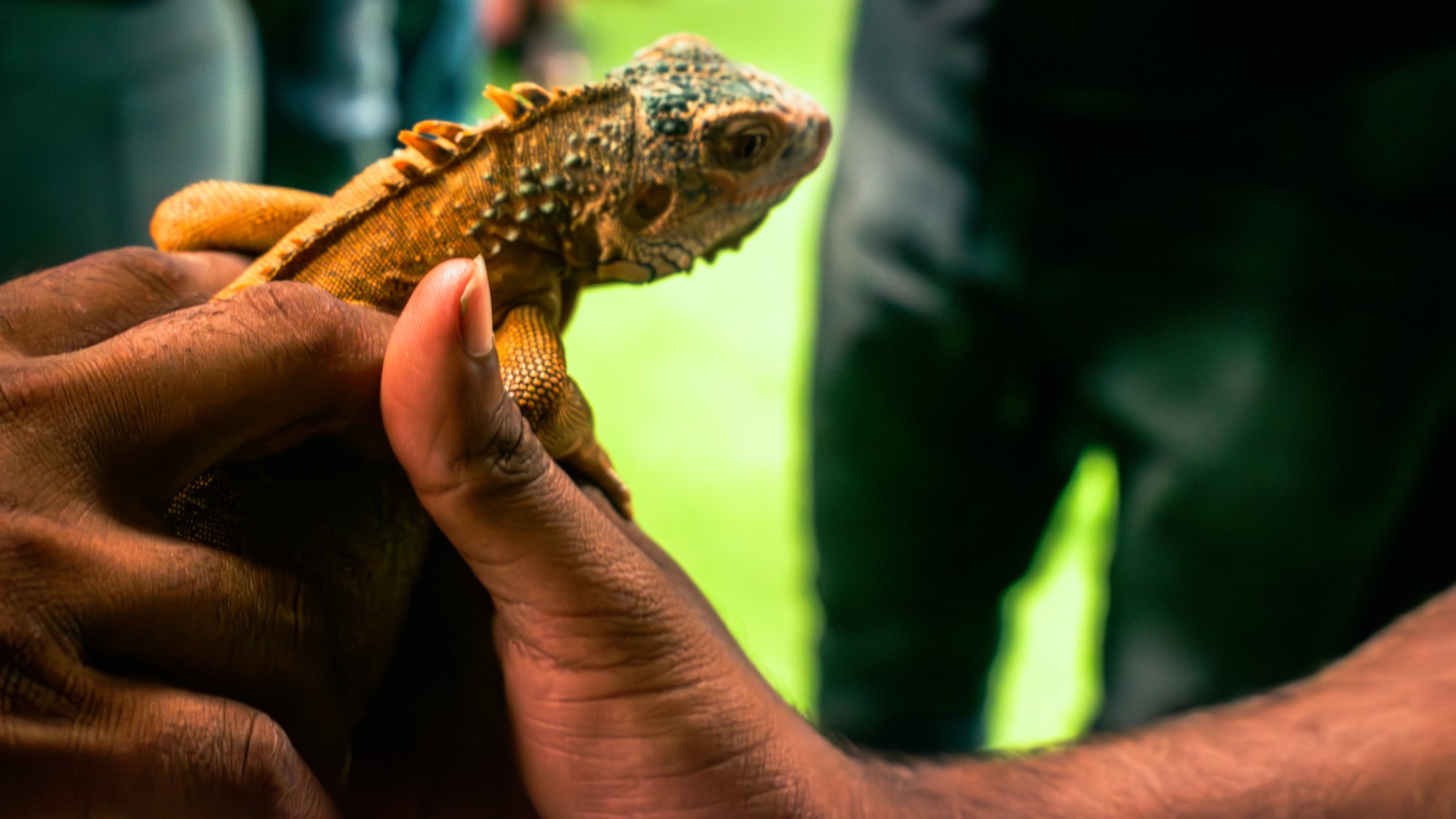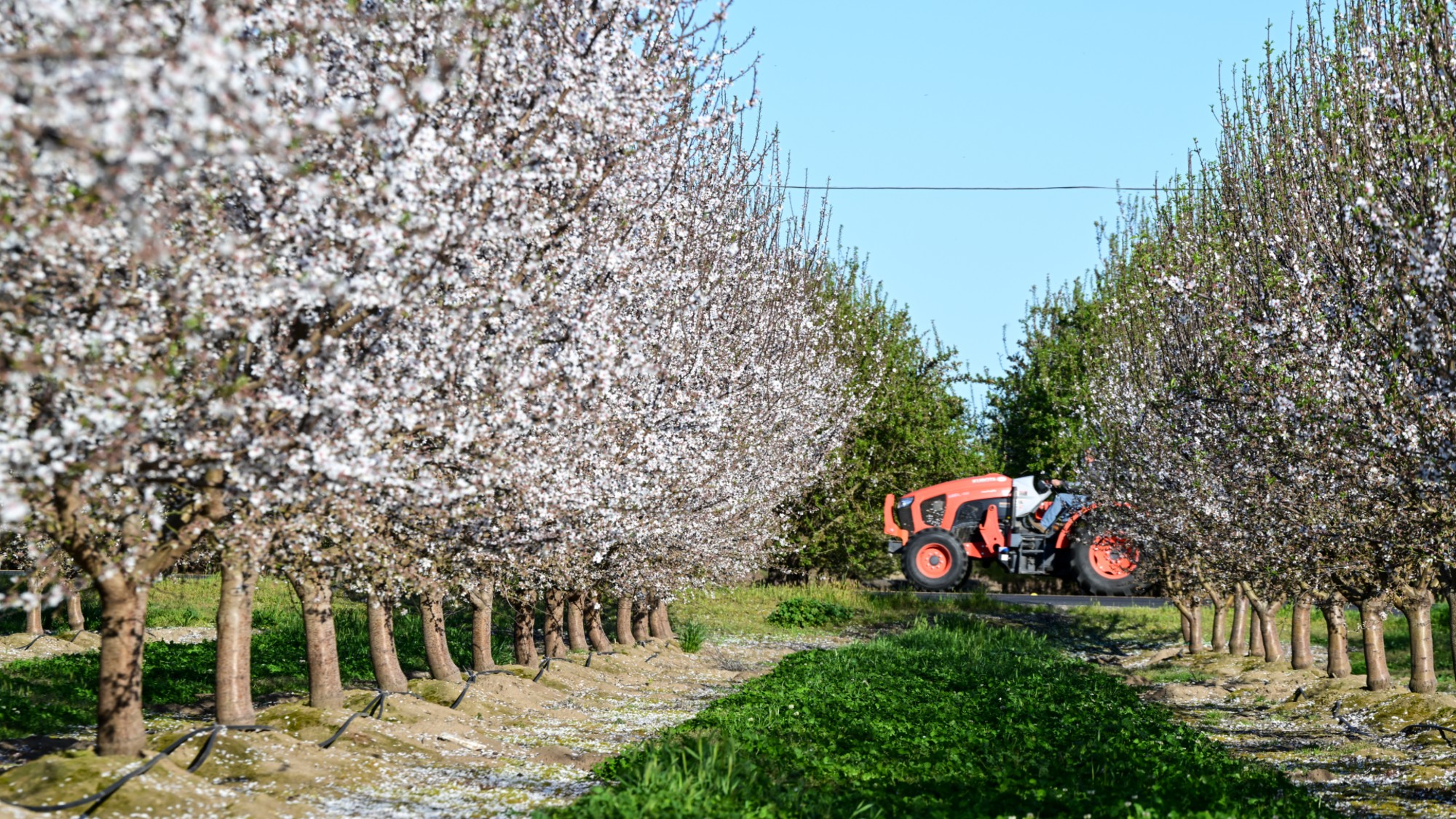Scientists successfully created healthy mice from 2 male parents


Scientists have successfully created mice with two biologically male parents, according to new research presented at the Third International Summit on Human Genome Editing in London. This was done by manipulating the chromosomes of one of the mice and creating an egg, "a significant advance with significant potential applications," said Keith Latham, a developmental biologist at Michigan State University.
After creating the eggs, they were fertilized by male sperm cells and implanted in female mice's uteruses. The survival rate of the embryos was low with only seven of 630 developing to become pups. However, those seven grew normally and become fertile adults. "This is the first case of making robust mammal oocytes from male cells," said Katsuhiko Hayashi of Kyushu University who lead the research.
The next step is to apply the technique to human cells, but "there are big differences between a mouse and the human," Hayashi explains. "Purely in terms of technology, it will be possible [in humans] even in 10 years," he adds, saying he's unsure "whether they'll be available for reproduction."
The Week
Escape your echo chamber. Get the facts behind the news, plus analysis from multiple perspectives.

Sign up for The Week's Free Newsletters
From our morning news briefing to a weekly Good News Newsletter, get the best of The Week delivered directly to your inbox.
From our morning news briefing to a weekly Good News Newsletter, get the best of The Week delivered directly to your inbox.
The technology could potentially be used to allow male couples to have biological children in the future. "What I can say is only about the technological side. I think in theory it is possible," Hayashi told New Scientist. Kotaro Sasaki, a biomedical scientist at the University of Pennsylvania commented, "Using this for reproductive purposes ... comes with lots and lots of ethical and legal issues, which we need to seriously address."
The findings are yet to be published in a scientific journal, making it "preliminary research," according to Evelyn Telfer, a reproductive biologist at the University of Edinburgh.
"Although they get quite a lot of eggs, these eggs are clearly not fully competent because they really get a very, very small proportion of them that are capable of being fertilized and forming embryos," she said. "It's a huge achievement, but it's still an indication that there are problems with these in vitro–derived oocytes from the stem cells, so there's a lot of work that has to be done."
A free daily email with the biggest news stories of the day – and the best features from TheWeek.com
Devika Rao has worked as a staff writer at The Week since 2022, covering science, the environment, climate and business. She previously worked as a policy associate for a nonprofit organization advocating for environmental action from a business perspective.
-
 Cryptocurrency and the future of politics
Cryptocurrency and the future of politicsIn The Spotlight From electoral campaigns to government investments, crypto is everywhere and looks like it’s here to stay
-
 Ssh! UK libraries worth travelling for
Ssh! UK libraries worth travelling forThe Week Recommends From architectural delights to a ‘literary oasis’, these are some of the best libraries around the country
-
 A fentanyl vaccine may be on the horizon
A fentanyl vaccine may be on the horizonUnder the radar Taking a serious jab at the opioid epidemic
-
 5 recent breakthroughs in biology
5 recent breakthroughs in biologyIn depth From ancient bacteria, to modern cures, to future research
-
 Blue Origin launches Mars probes in NASA debut
Blue Origin launches Mars probes in NASA debutSpeed Read The New Glenn rocket is carrying small twin spacecraft toward Mars as part of NASA’s Escapade mission
-
 Dinosaurs were thriving before asteroid, study finds
Dinosaurs were thriving before asteroid, study findsSpeed Read The dinosaurs would not have gone extinct if not for the asteroid
-
 Parthenogenesis: the miracle of 'virgin births' in the animal kingdom
Parthenogenesis: the miracle of 'virgin births' in the animal kingdomThe Explainer Asexual reproduction, in which females reproduce without males by cloning themselves, has been documented in multiple species
-
 SpaceX breaks Starship losing streak in 10th test
SpaceX breaks Starship losing streak in 10th testspeed read The Starship rocket's test flight was largely successful, deploying eight dummy satellites during its hour in space
-
 A rat infestation is spelling trouble for the almond industry
A rat infestation is spelling trouble for the almond industryThe Explainer The infestation has affected at least 100,000 acres in California
-
 Rabbits with 'horns' sighted across Colorado
Rabbits with 'horns' sighted across Coloradospeed read These creatures are infected with the 'mostly harmless' Shope papilloma virus
-
 Lithium shows promise in Alzheimer's study
Lithium shows promise in Alzheimer's studySpeed Read Potential new treatments could use small amounts of the common metal
